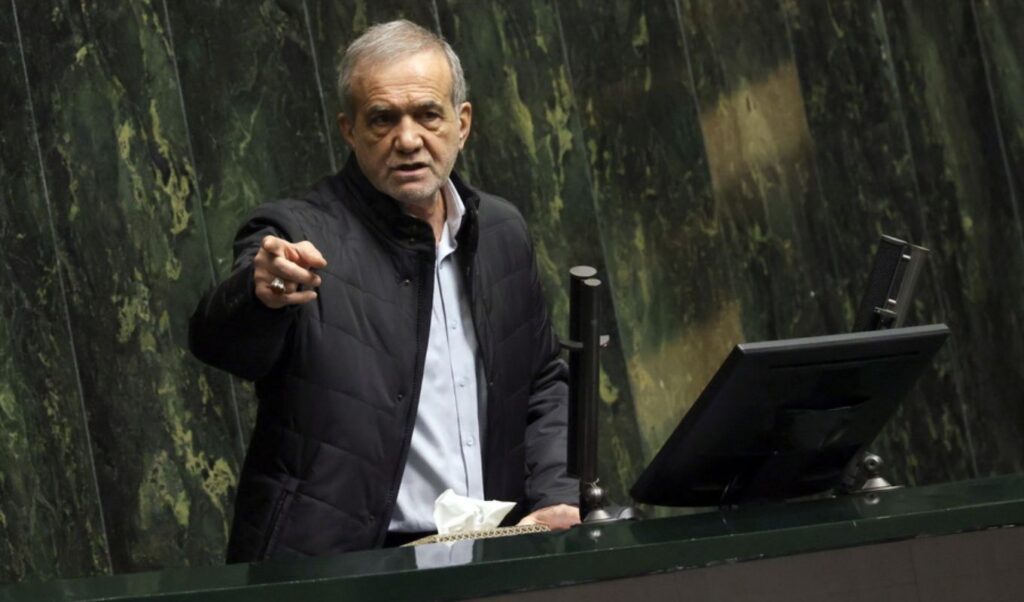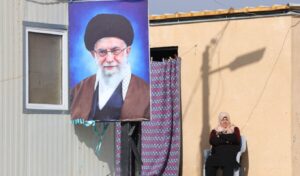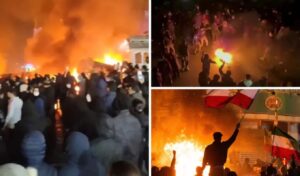Iran’s President Masoud Pezeshkian was reportedly slightly injured during the 12-day war with Israel last month, according to reports from the Iranian Fars news agency. In an interview with American journalist Tucker Carlson about a week earlier, Pezeshkian had spoken about an assassination attempt against him, hinting at possible betrayal due to the precision of the Israeli strike.
Read: Iranian President Pezeshkian claims Israel attempted to assassinate him: “They tried but failed”
Fars, a media outlet that maintains close ties with the Revolutionary Guards, reported that on June 16, three days after the start of the conflict, Israeli warplanes struck the entrances and exits of the complex housing Iran’s Supreme National Security Council with six bombs. At that time, the president was reportedly participating in an emergency session of the body.
Iran: How Masoud Pezeshkian was injured
The Iranian president was reportedly injured in the leg as he and others escaped through an emergency hatch, and Iran is now reportedly investigating how Israeli agents infiltrated the facility. The Fars report has not been verified by independent sources, while Israel has not publicly commented on it.
Videos posted on social media during the 12-day war showed repeated bombings on a hillside in northwestern Tehran, and it now appears that these strikes targeted a secret underground facility where Iran’s leadership was located at the time.
After the attack, where the Israelis applied tactics similar to those used to eliminate Hezbollah leader Hassan Nasrallah last fall, according to Fars, power was cut, but most participants managed to find safe shelter, although some of them, including Pezeshkian, were slightly injured in their legs.
Israel denied the assassination attempt claims
Pezeshkian’s claim about an assassination attempt was dismissed by Israeli Defense Minister Israel Katz, who stated that regime change in Iran was not the goal of the war.
Israeli strikes killed many top commanders of the Revolutionary Guards and the Iranian army early in the war. Iranian leadership admitted they were completely surprised and that there was paralysis in decision-making for at least the first 24 hours after the attack.
Israeli officials acknowledged that Ayatollah Ali Khamenei, Iran’s supreme leader, was also a target – but that they had lost track of him when he was moved to a safe secret location, largely cut off from the outside world.
Many questions remain about how Israel had gathered critical intelligence about the fate of Iran’s top officials and commanders beyond the secret nuclear facilities.
On June 13, Israel launched a surprise attack on nuclear and military facilities in Iran, saying it acted to prevent Tehran from building nuclear weapons.
Iran – which retaliated with airstrikes on Israel – denies seeking to develop nuclear weapons and says uranium enrichment is for peaceful purposes. On June 22, the U.S. Air Force and Navy conducted air and missile strikes against three Iranian nuclear facilities. U.S. President Donald Trump later stated that the attack “obliterated” the facilities, although some U.S. intelligence agencies have adopted a more cautious stance regarding the bombing results.




